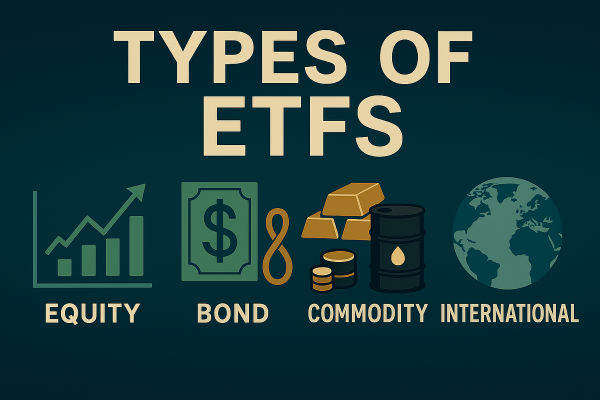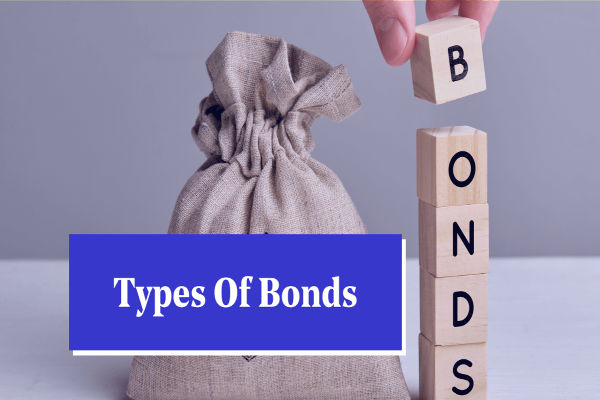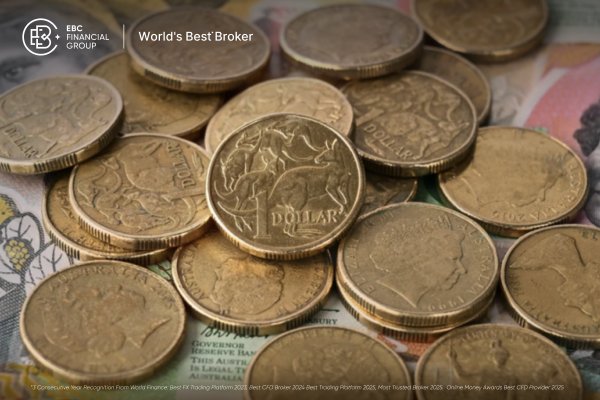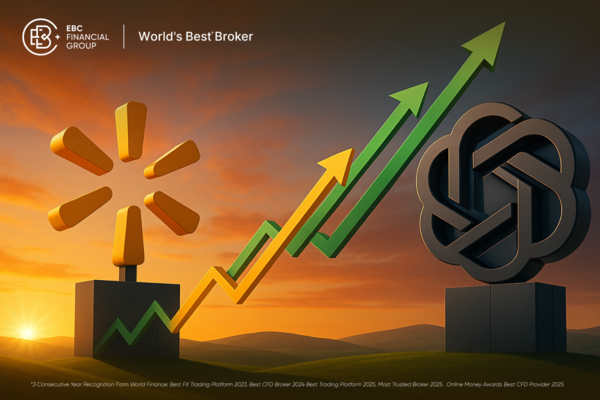The iShares iBoxx $ High Yield Corporate Bond ETF (HYG) is one of the most popular high-yield bond exchange-traded funds in the world. Designed to track the performance of US dollar-denominated corporate bonds rated below investment grade, HYG offers investors access to potentially higher returns in exchange for greater risk. But is it right for your portfolio?
Whether you are new to bond investing or looking to diversify with income-generating assets, here are five key things you should know about the HYG ETF.
5 Must-Know HYG ETF Facts
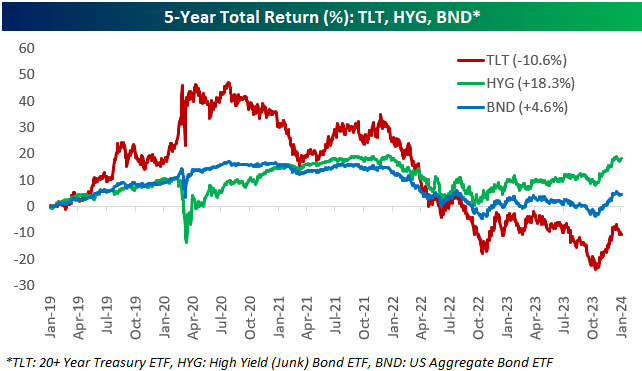
1. HYG Tracks the High-Yield Corporate Bond Market
At its core, HYG seeks to mirror the performance of the Markit iBoxx USD Liquid High Yield Index. This index includes liquid US high-yield corporate bonds, meaning bonds issued by companies with credit ratings below investment grade (also known as “junk bonds”).
These bonds typically offer higher interest payments to compensate for the increased risk of default. As a result, when you invest in HYG ETF, you are essentially gaining broad exposure to this high-yield segment of the corporate debt market.
HYG includes hundreds of bond holdings across multiple industries, though it tends to have heavy exposure to sectors like energy, telecommunications, and consumer services. The ETF is rebalanced monthly to reflect changes in the index.
2. It Offers Monthly Income
One of the primary attractions of the HYG ETF is its monthly distribution. Because the fund holds interest-bearing corporate bonds, it pays income to shareholders on a regular basis. For income-focused investors, such as retirees or those looking to supplement cash flow, this can be a compelling feature.
The actual yield varies depending on market conditions, interest rates, and the credit quality of the underlying bonds. While past performance is not a guarantee of future returns, HYG has historically delivered yields that are higher than those from government bonds or investment-grade corporate debt.
However, it's important to remember that higher yield comes with higher risk — particularly credit risk and interest rate risk, both of which can impact returns.
3. Liquidity and Size Are Key Advantages
With over USD 15 billion in assets under management, HYG is one of the largest and most liquid bond ETFs available. This liquidity ensures that investors can buy or sell shares of the ETF with minimal spread costs, even during periods of market stress.
For institutional and retail investors alike, liquidity is a major factor. HYG's large size means tight bid-ask spreads and frequent trading volume, which can reduce costs and slippage for active traders or those managing larger portfolios.
Additionally, the ETF is traded on the NYSE Arca exchange, making it easily accessible through most brokerage platforms.
4. HYG Comes with Credit and Duration Risk
Like any investment, the HYG ETF carries risk — particularly because of the lower-rated bonds it holds.
Credit risk is the possibility that a bond issuer will default on its obligations. Since HYG invests in high-yield or “junk” bonds, the probability of default is higher than with investment-grade debt. In periods of economic downturn or financial stress, the prices of these bonds can decline sharply, impacting the ETF's value.
There is also duration risk, which refers to the sensitivity of the fund's value to changes in interest rates. When interest rates rise, the prices of existing bonds tend to fall. Given HYG's average duration (typically between 3 and 4 years), it is moderately sensitive to interest rate movements.
Investors must weigh these risks carefully against the fund's potential for higher income.
5. HYG Can Be Used Strategically in a Portfolio
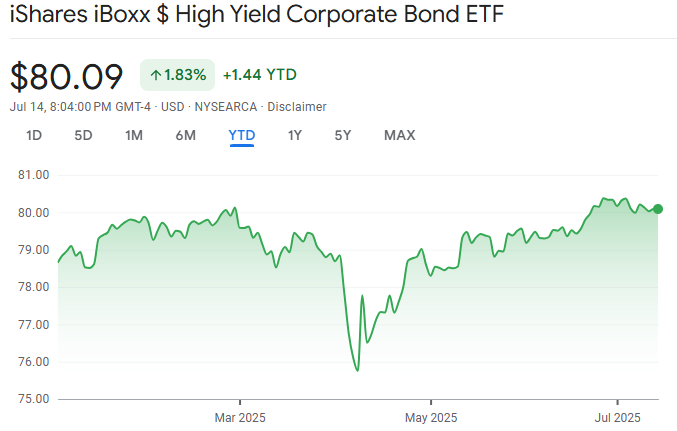
HYG is not a one-size-fits-all product, but it can serve a strategic role within a diversified investment portfolio.
Some investors use it to increase income in low-rate environments. Others allocate to HYG to gain exposure to the credit cycle — betting that corporate defaults will remain low and bond prices stable. HYG may also serve as a hedge or complement to equity holdings, especially when equities are expected to be volatile.
However, due to its exposure to high-yield debt, HYG tends to behave more like equities during market downturns. This means it may not provide the same capital protection as traditional bond funds.
Incorporating HYG into a portfolio should align with your overall investment objectives, risk tolerance, and time horizon. As always, investors are advised to review their positions regularly and consult financial professionals when needed.
Final Thoughts
The HYG ETF is a powerful tool for investors seeking income and high-yield bond exposure. With its broad diversification, monthly income, and high liquidity, it appeals to both retail and institutional investors. However, the higher potential returns come with elevated risks, particularly around credit quality and interest rate sensitivity.
Understanding how HYG fits into your broader investment strategy is crucial. If you are considering exposure to corporate bonds, especially those outside the investment-grade space, HYG offers a simple, transparent, and cost-effective solution.
Disclaimer: This material is for general information purposes only and is not intended as (and should not be considered to be) financial, investment or other advice on which reliance should be placed. No opinion given in the material constitutes a recommendation by EBC or the author that any particular investment, security, transaction or investment strategy is suitable for any specific person.








